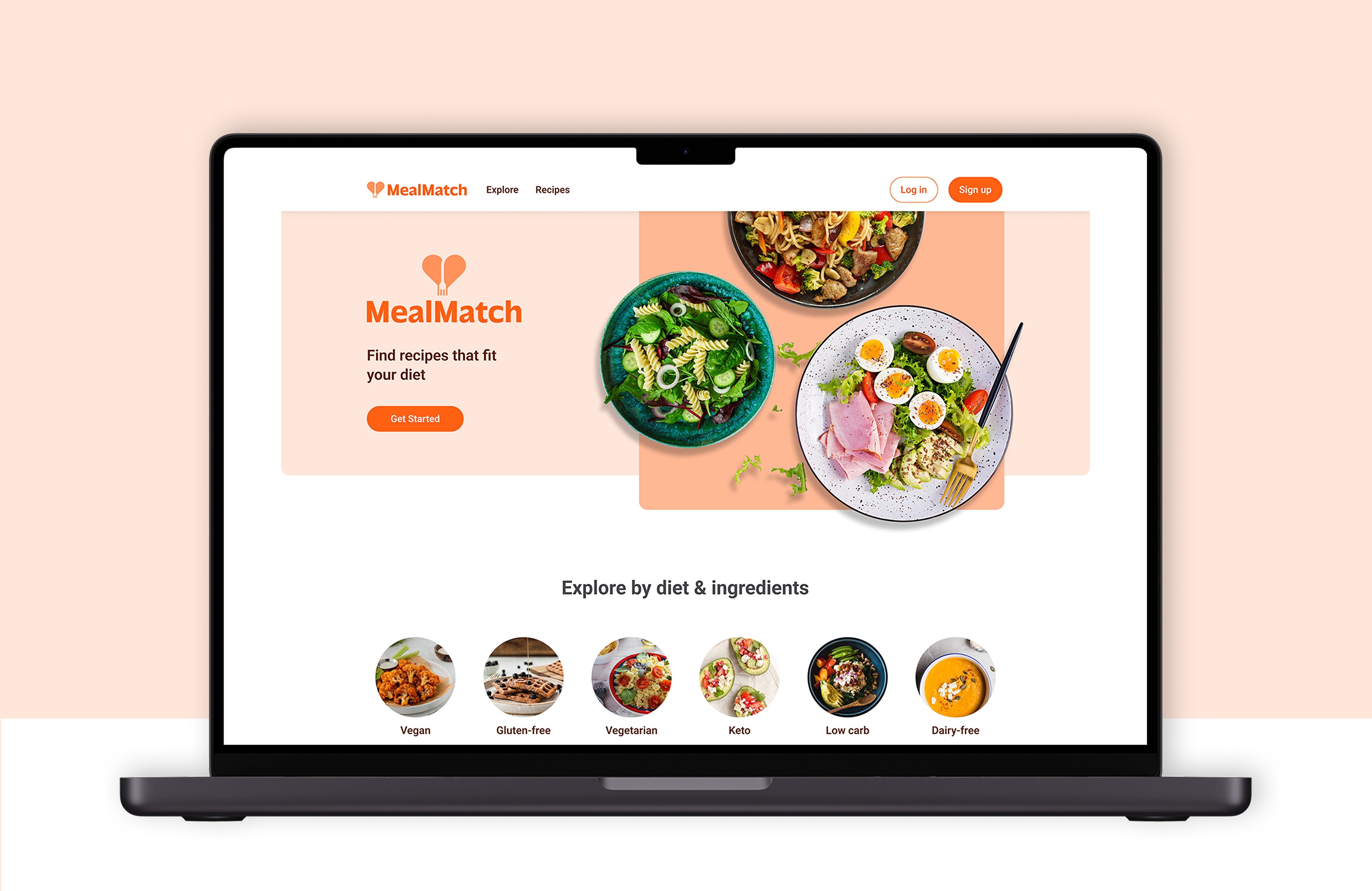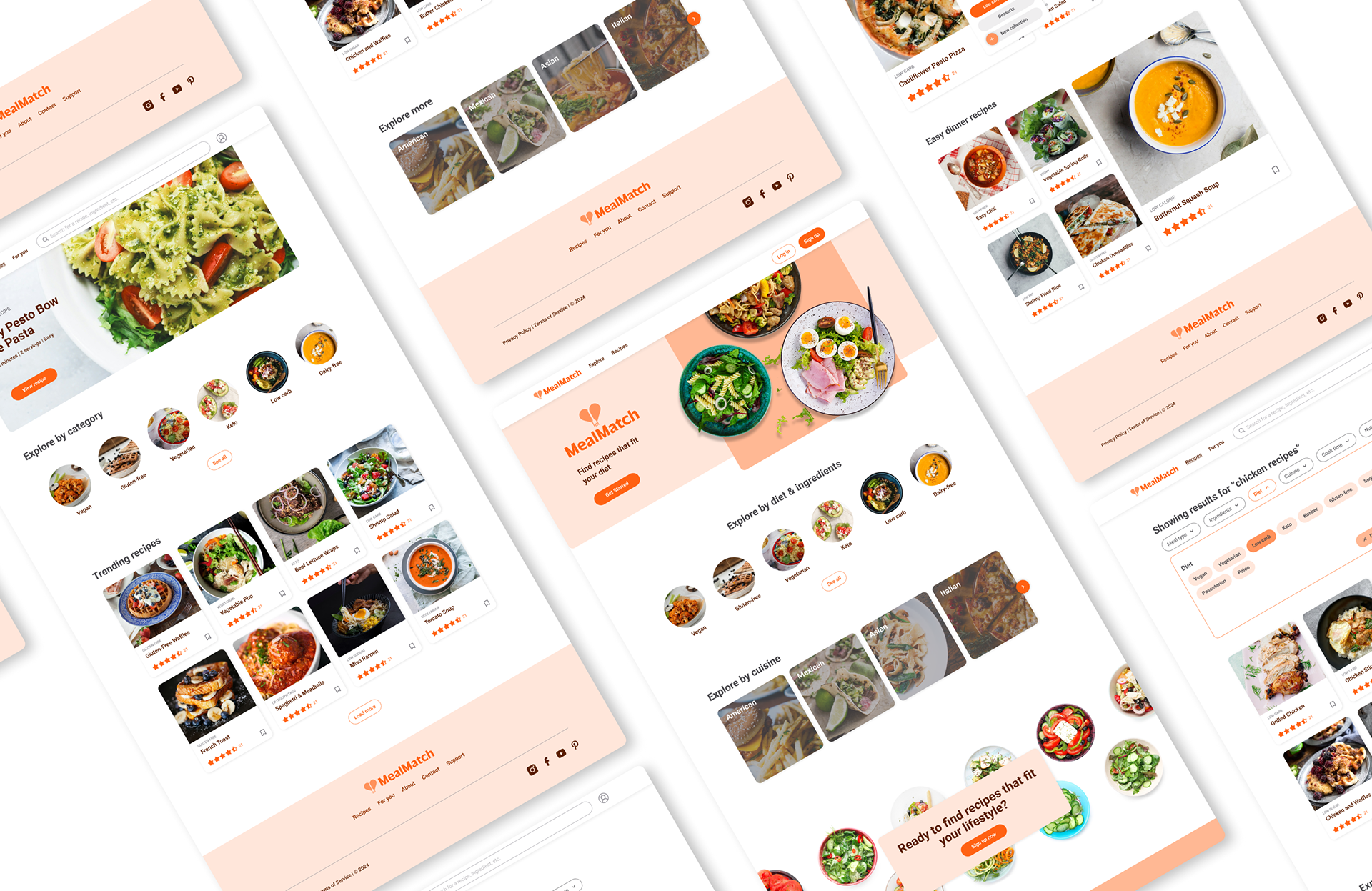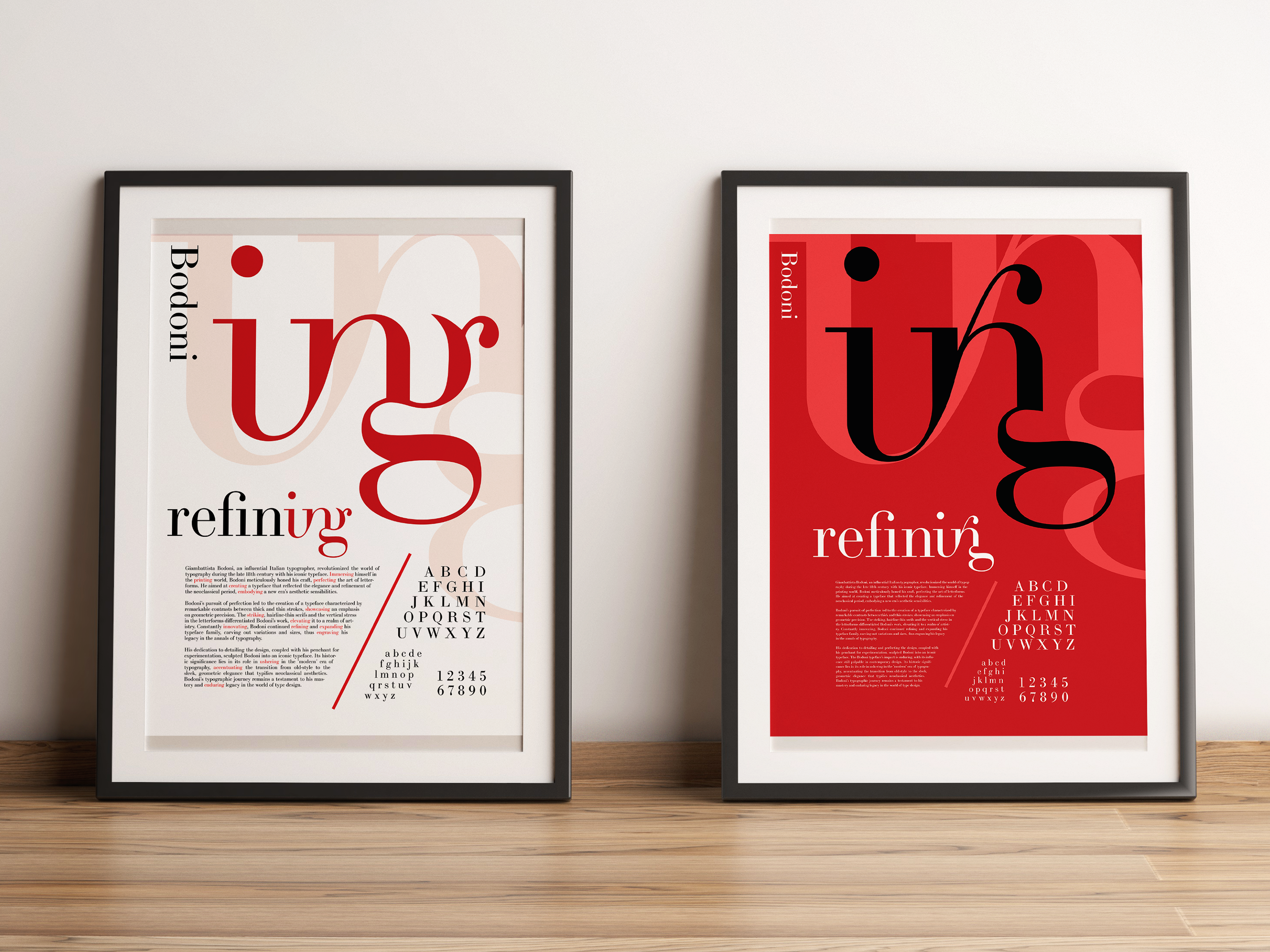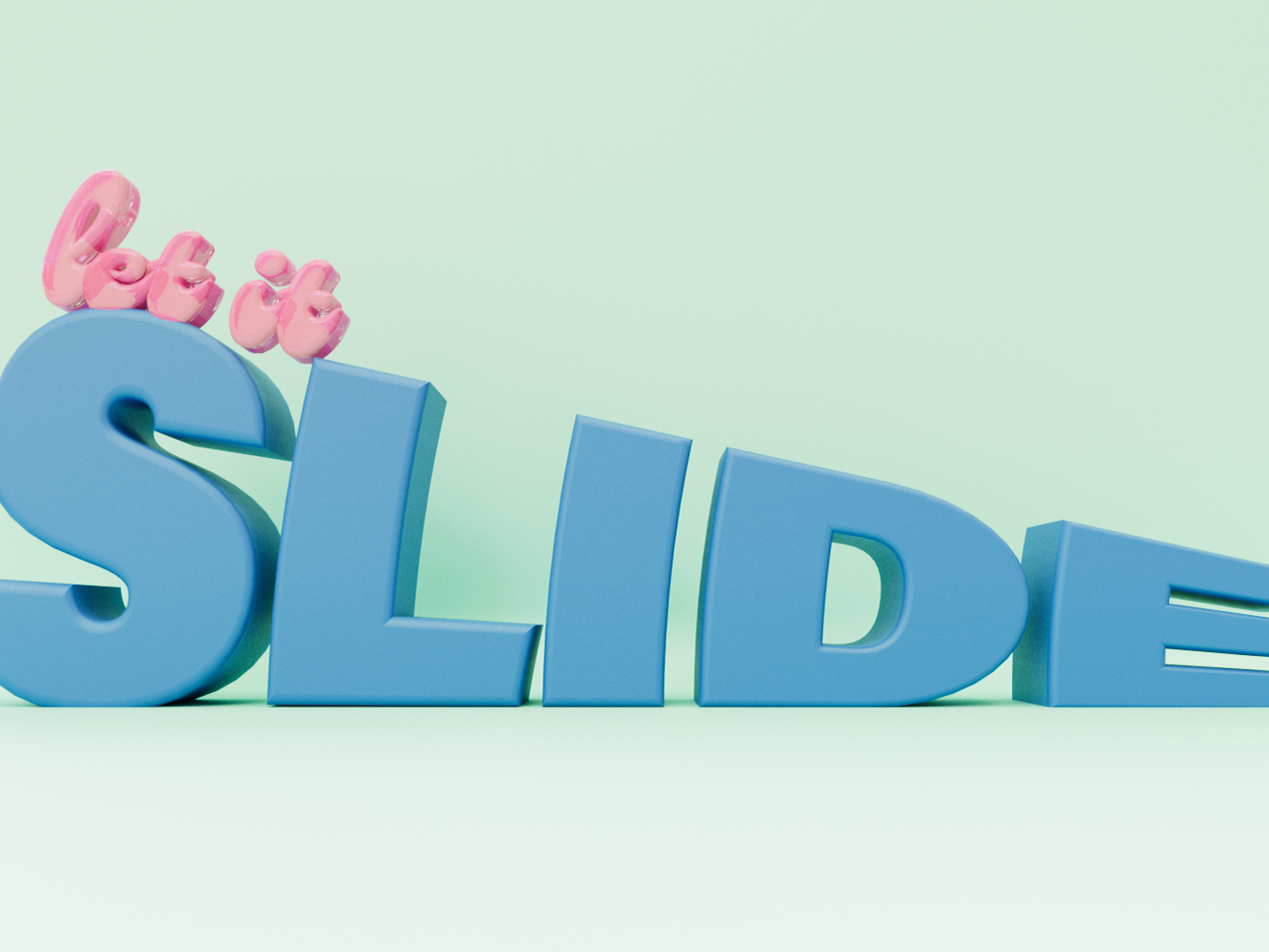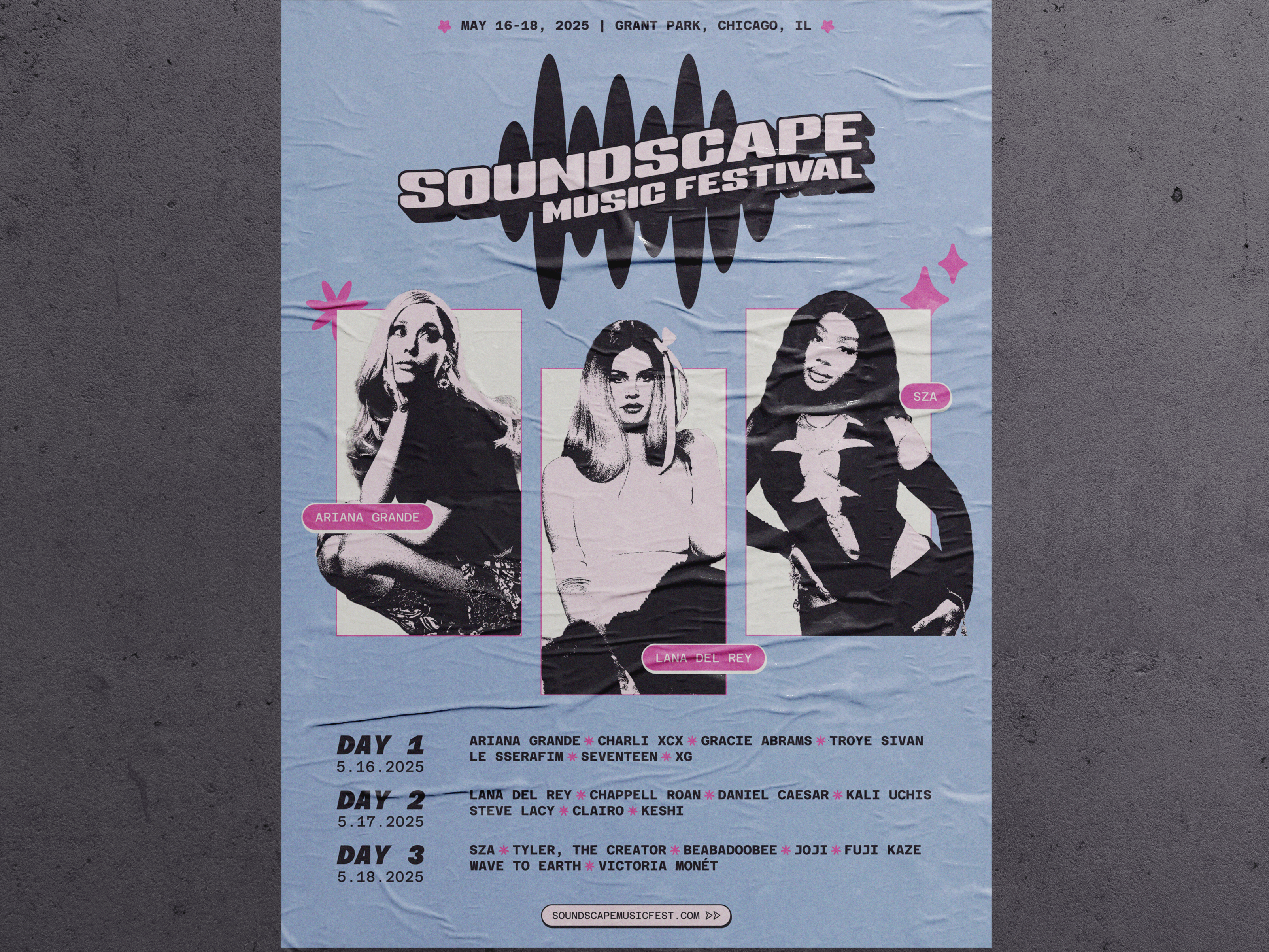MealMatch is a web application designed to simplify the process of finding recipes tailored to various dietary restrictions. In this project, I focused on creating an intuitive interface that allows users to easily navigate, search for, and filter recipes based on their unique preferences.
Course:
Prototyping Methods & Evaluation for UX Design
Project Goals:
1. Provide a seamless and personalized recipe discovery experience.
2. Make dietary-conscious cooking more accessible and enjoyable for individuals and families.
3. Reduce the stress of meal planning and promote healthier eating habits.
Tools Used:
Figma
Phase One: Ideation

User Flow

Wireframe Sketches
Phase Two: Lo-Fi Design & Usability Testing

Lo-Fi Prototype
The usability tests for MealMatch aimed to evaluate the effectiveness of the web application in performing its intended functions. The primary purpose of the tests was to identify any usability issues, gather user feedback, and ensure that the interface provided seamless navigation, searching, and filtering of recipes. A total of 5 participants were involved in the testing, representing a range of ages and varying levels of technical proficiency.
Issues Found:
Users had trouble navigating the site and searching for recipes
Too many recipes listed at once
Some buttons were hard to see and unclear
Users had trouble navigating the site and searching for recipes
Too many recipes listed at once
Some buttons were hard to see and unclear

SEQ Scores
I conducted usability testing using the Single Ease Question (SEQ), where participants were asked to complete key tasks and rate their experience on a scale from 1 to 7, where 1 = very hard and 7 = very easy. SEQ benchmark scores typically range from 5.0 (average) to 7.0 (excellent) across different applications. Their experiences were evaluated based on usability, efficiency, and satisfaction.

UEQ Scores
The User Experience Questionnaire (UEQ) provided deeper insights into user perceptions:
Attractiveness: overall, users liked the interface
Perspicuity: most users found this easy to use and found it quick to learn how to use
Efficiency: users completed the tasks without any guidance
Dependability: most users felt that the interaction was secure and predictable
Stimulation: most users liked the design of the product and enjoyed using it
Novelty: users found this product to have a familiar feel to other recipe finders but was still interesting for users
Perspicuity: most users found this easy to use and found it quick to learn how to use
Efficiency: users completed the tasks without any guidance
Dependability: most users felt that the interaction was secure and predictable
Stimulation: most users liked the design of the product and enjoyed using it
Novelty: users found this product to have a familiar feel to other recipe finders but was still interesting for users
Phase Three: Styles & Hi-Fi Design

